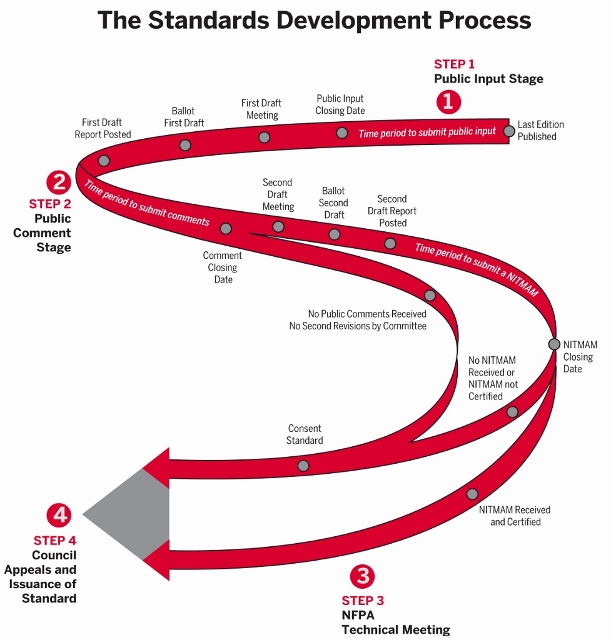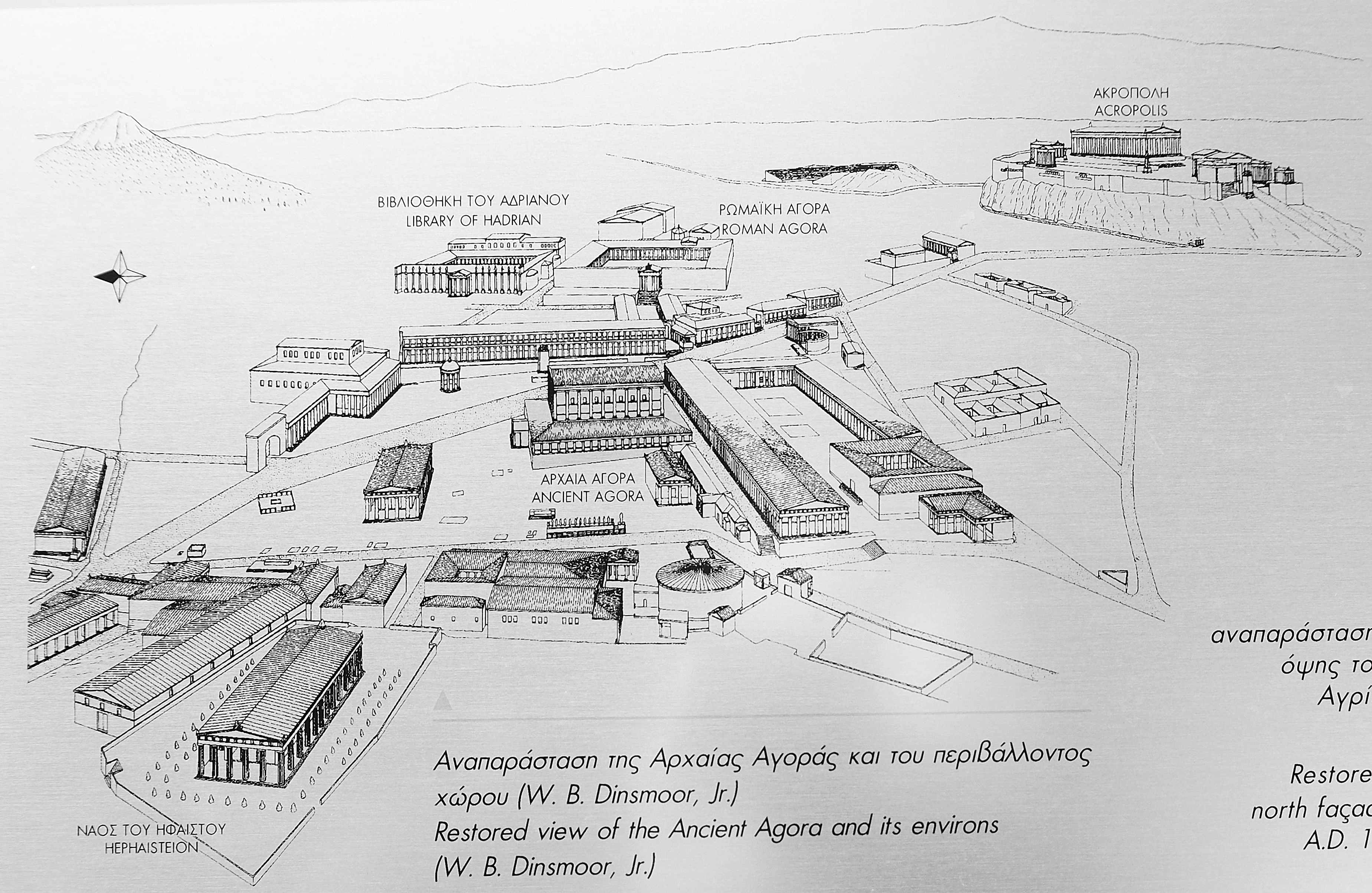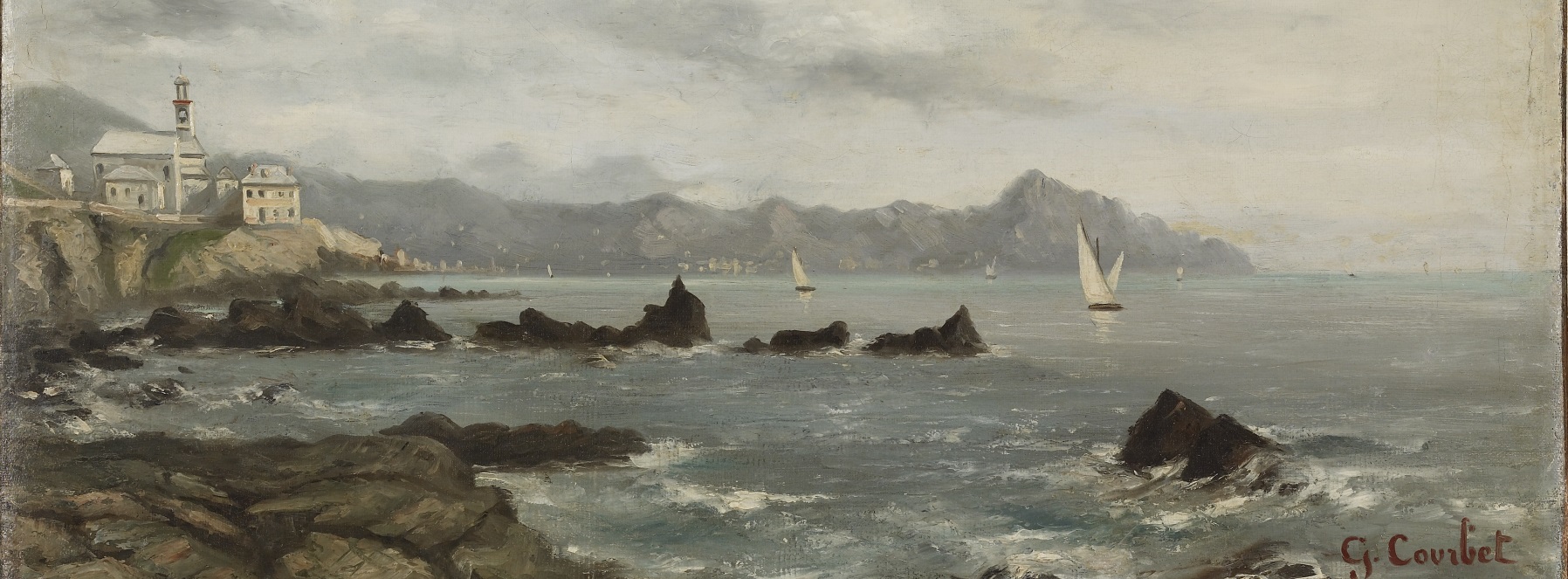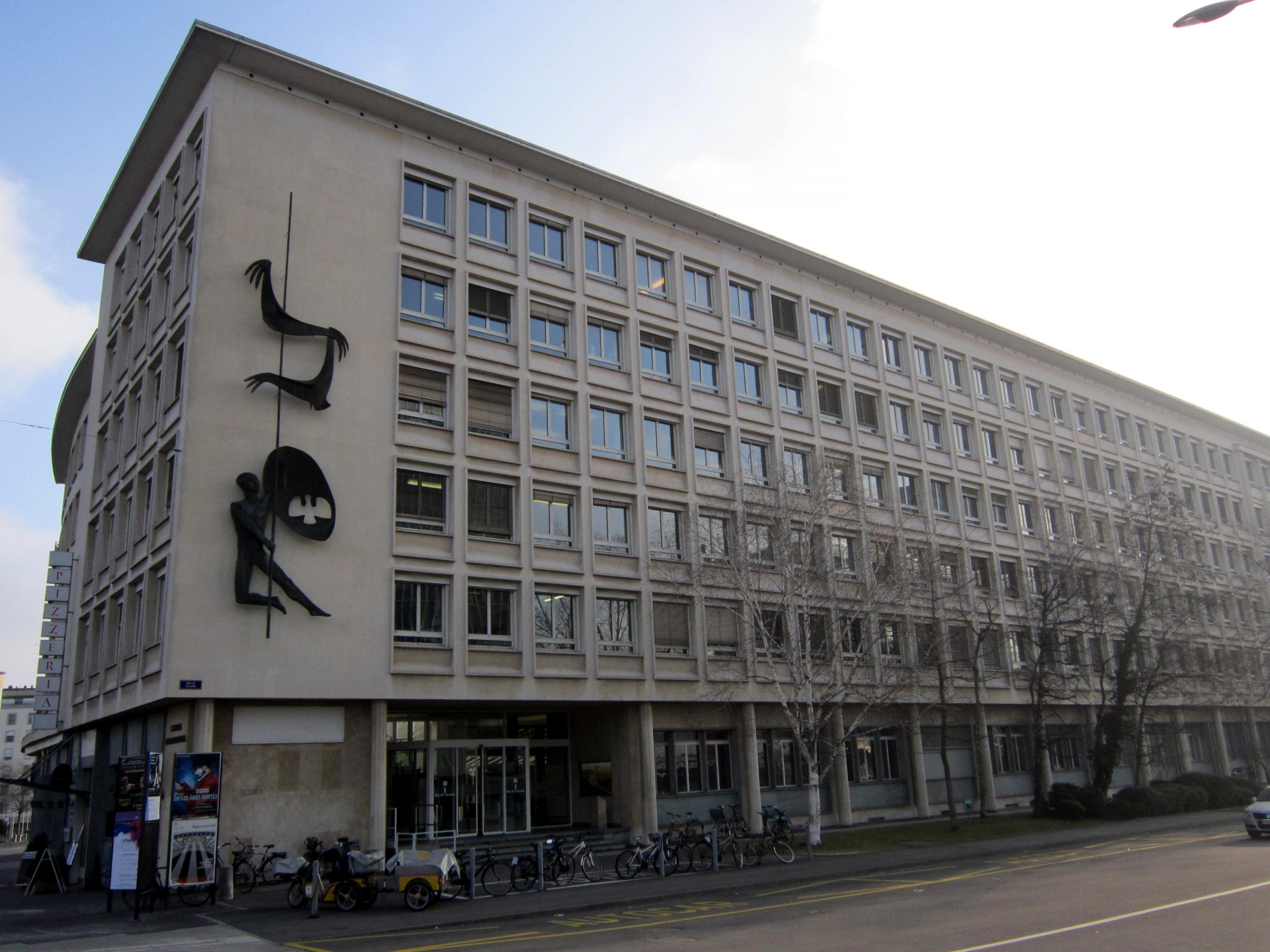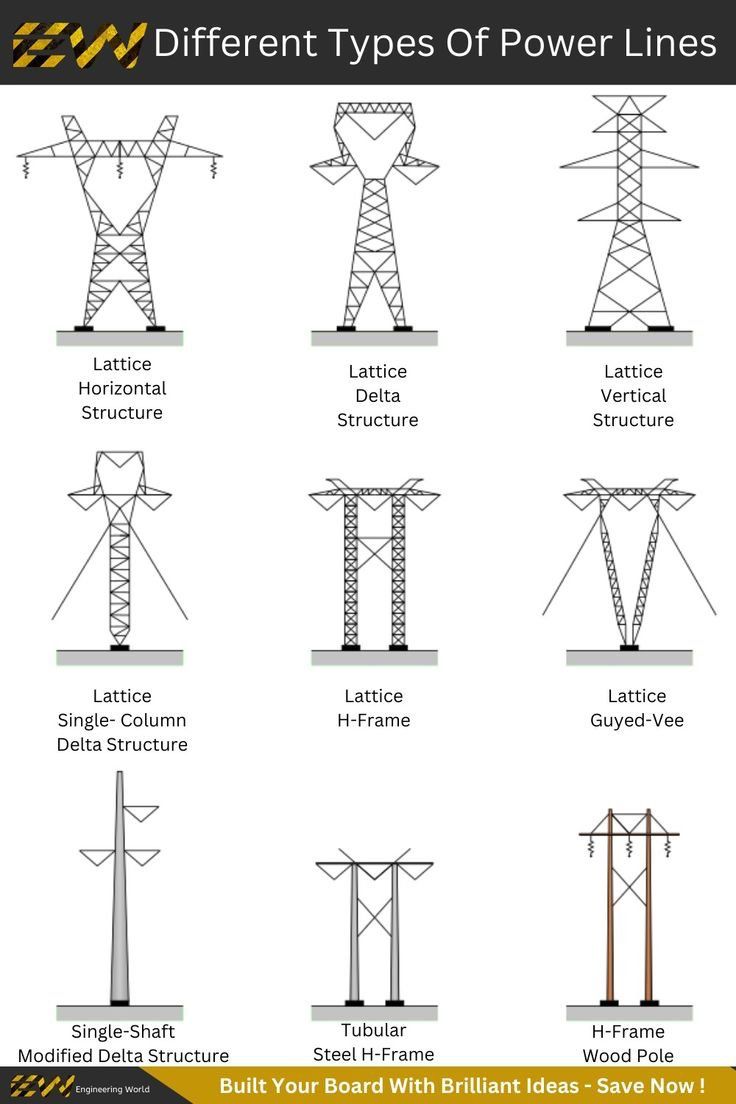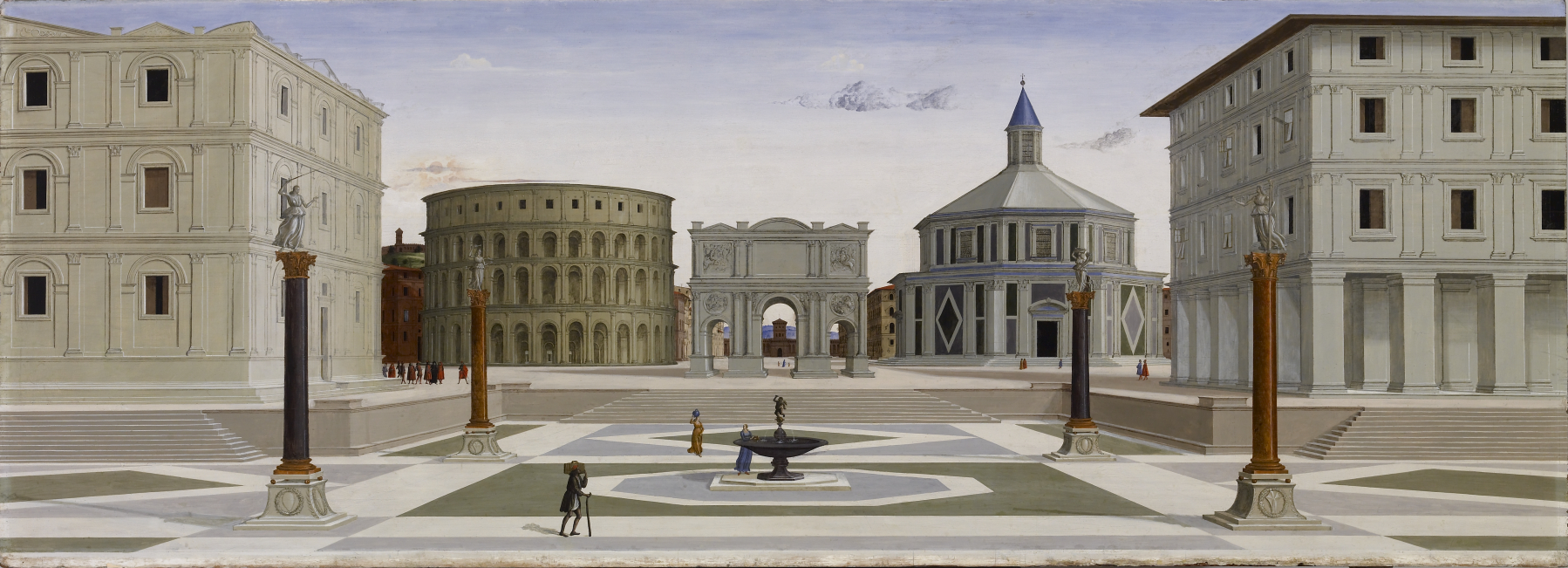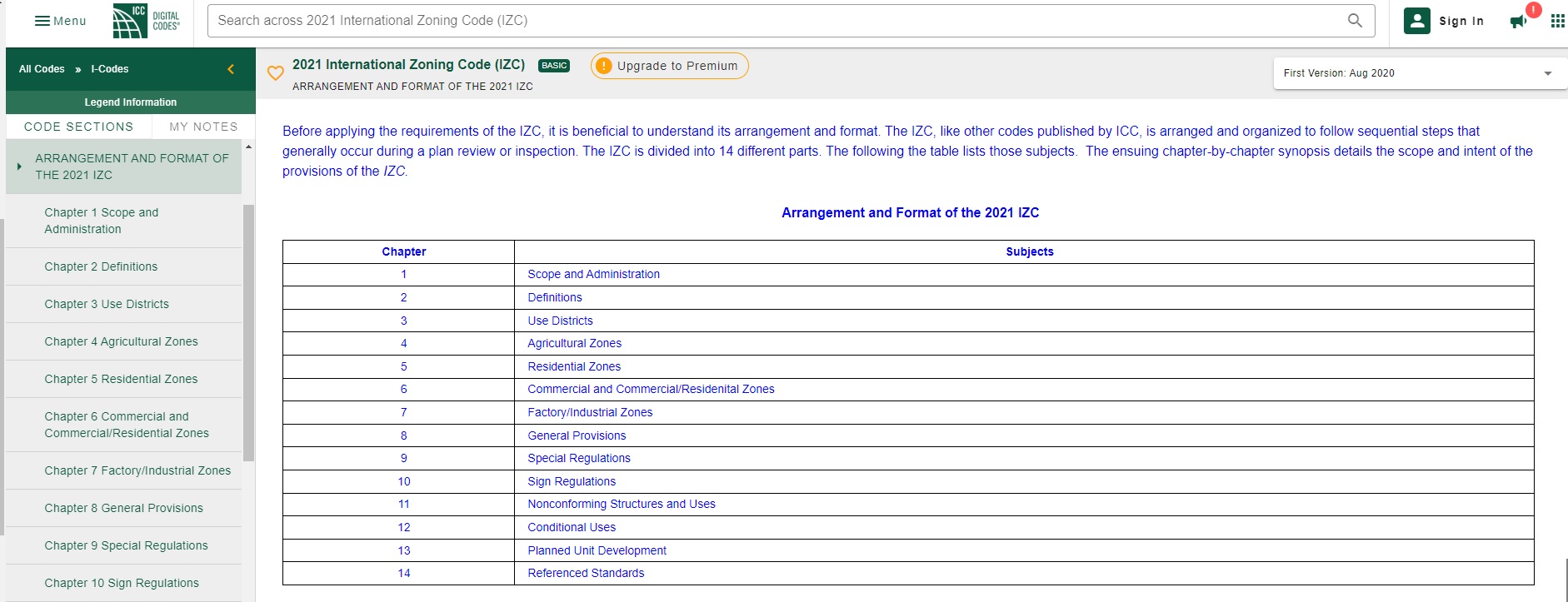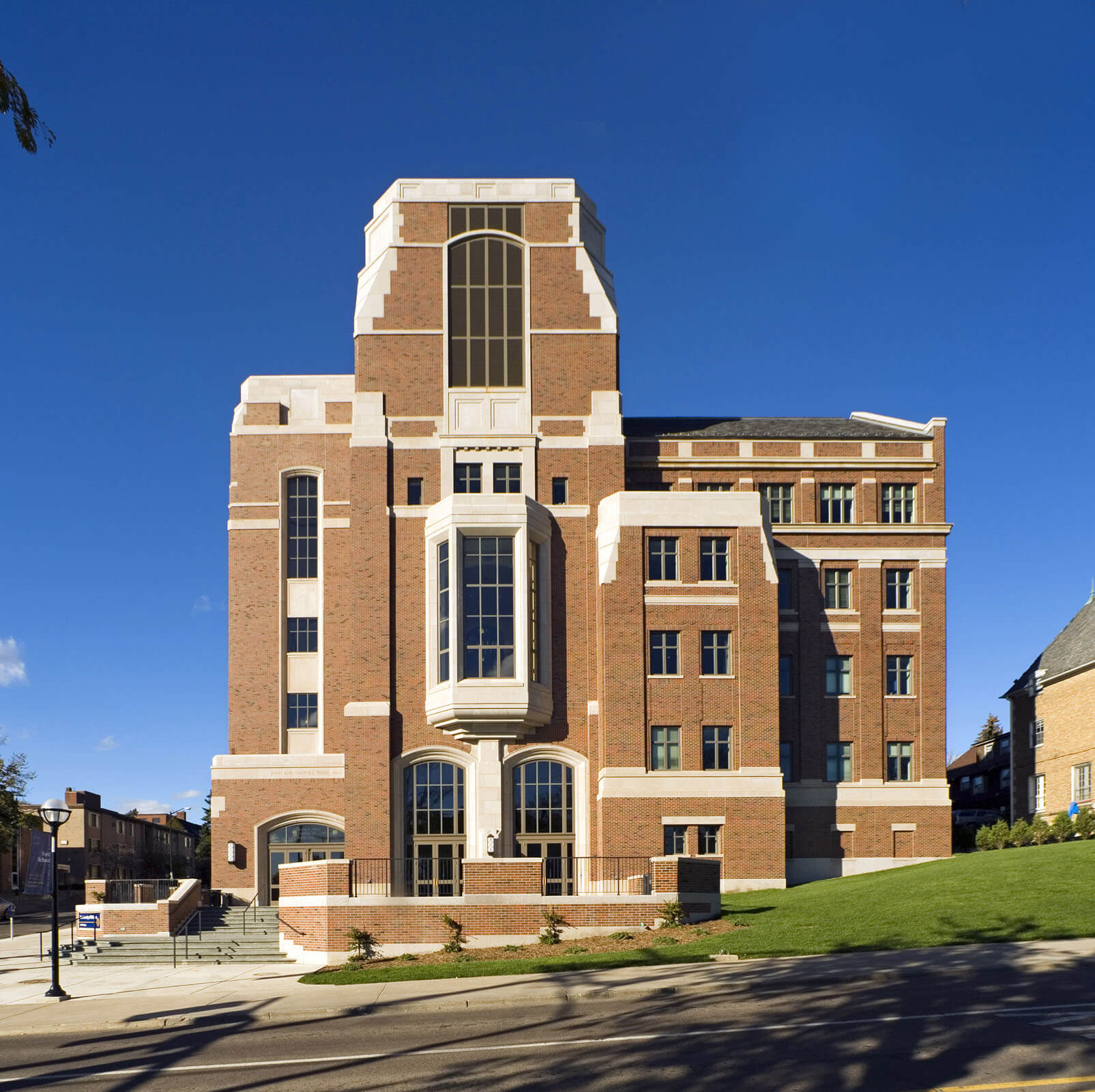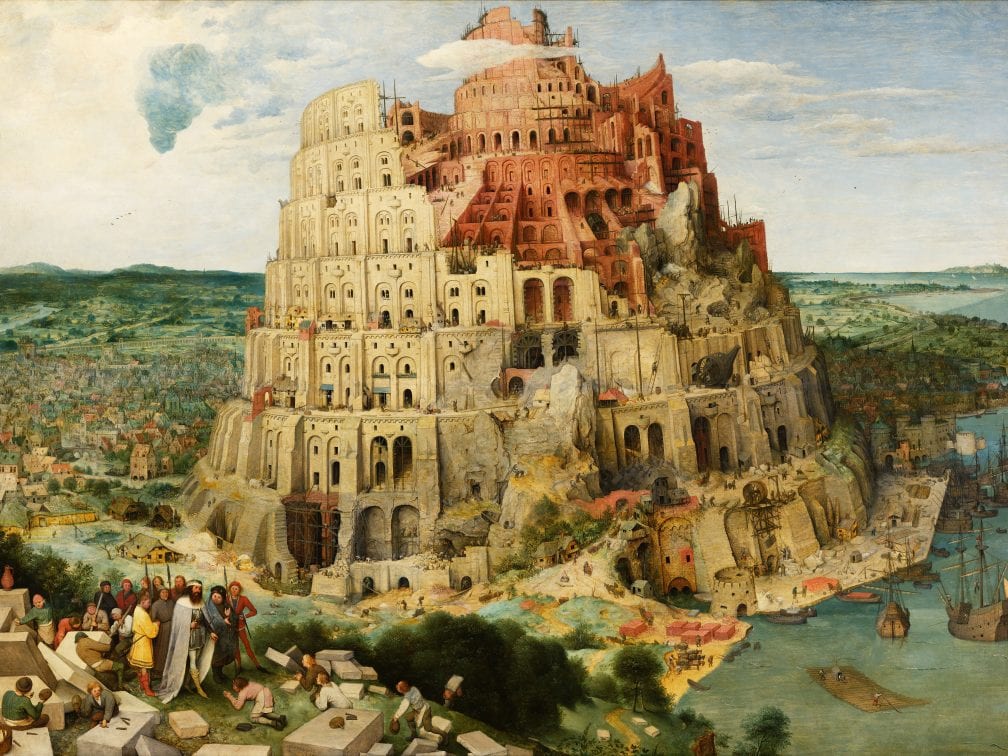Capital Construction and Planning
Pipe Heating
- Home Page 7

2029 National Electrical Code Panel 4
Brown University Electrical Design Criteria | Information Technology Resources Policy
The University of Michigan has supported the voice of the United States education facility industry since 1993 — the second longest tenure of any voice in the United States. That voice has survived several organizational changes but remains intact and will continue its Safer-Simpler-Lower Cost-Longer Lasting priorities on Code Panel 3 in the 2029 Edition.
Today, during our customary “Open Door” teleconference we will examine the technical concepts under the purview of Code Panel 4; among them:
Article 690 Solar Photovoltaic (PV) Systems
Article 691 Large-Scale Photovoltaic (PV) Electric Supply Stations
Article 694 Wind Electric Systems
Article 705 Interconnected Electric Power Production Sources
Article 710 Stand-Alone Systems
Public Input on the 2029 Edition will be received until April 9, 2026.
- Since the lifespan of educational buildings make the building core and shell susceptible to multiple changes not typically associated with commercial buildings, additional pathways should be placed in areas where the core and shell components of the facility are likely to re-main for extended periods of time
- It is recommended that all areas of an educational building have wireless coverage unless prohibited
Ædificare & Utilization
It has been 20 years since we began following educational facilities construction activity. Starting this month we will examine federal government data together with the best available data about space utilization to enlighten our response to the perfectly reasonable question: “Are we over-building or under-building or building ineffectively”. Use the login credentials at the upper right of our home page.
United States: Schools of Architecture
The Society for College and University Planning (Ann Arbor, Michigan)
National Center for Education Statistics
The Financial Impact of Architectural Design: Balancing Aesthetics and Budget in Modern Construction
Homeschooling
2022 International Existing Building Code
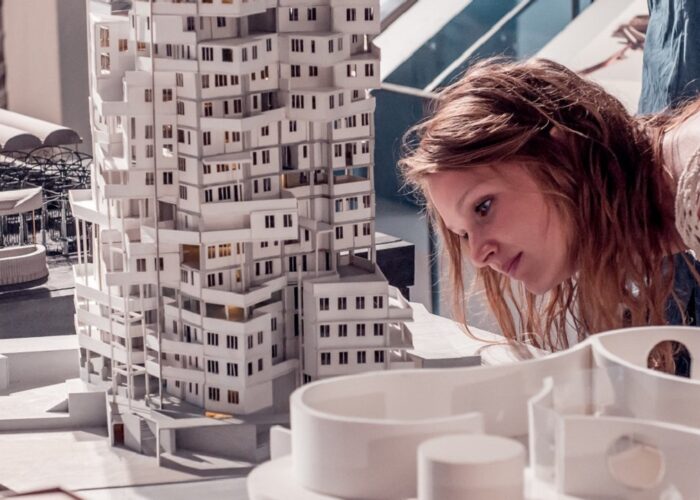 University College London
University College London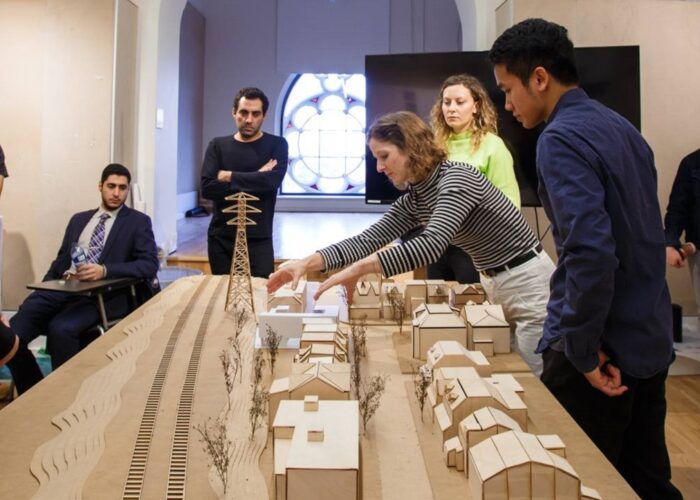 University of Toronto
University of Toronto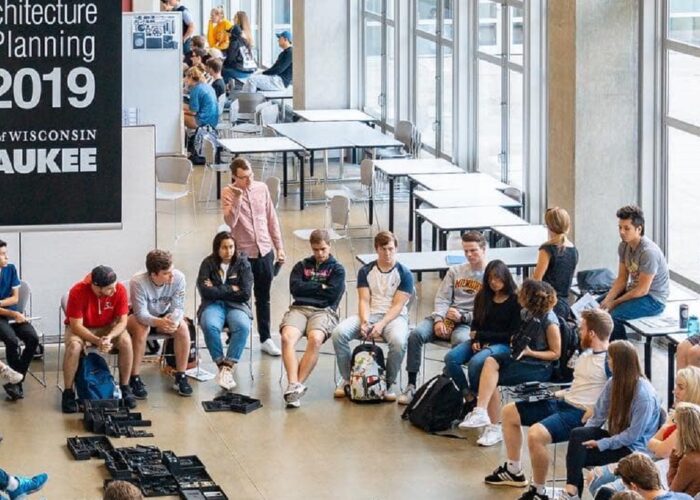 43.0764° N | 87.8816° W
43.0764° N | 87.8816° W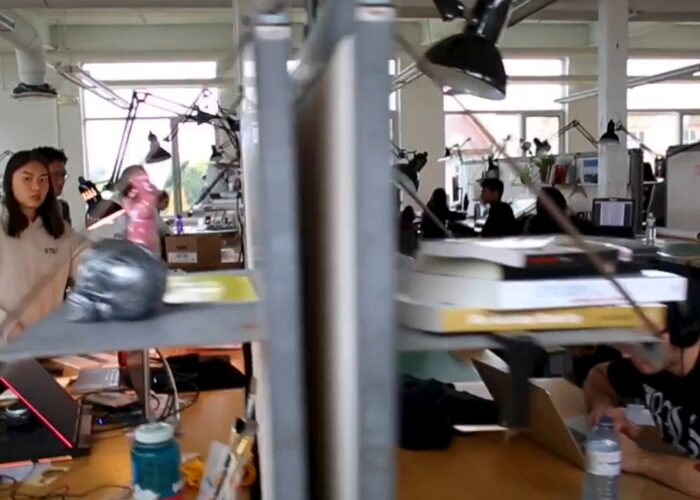 University of Waterloo Ontario
University of Waterloo Ontario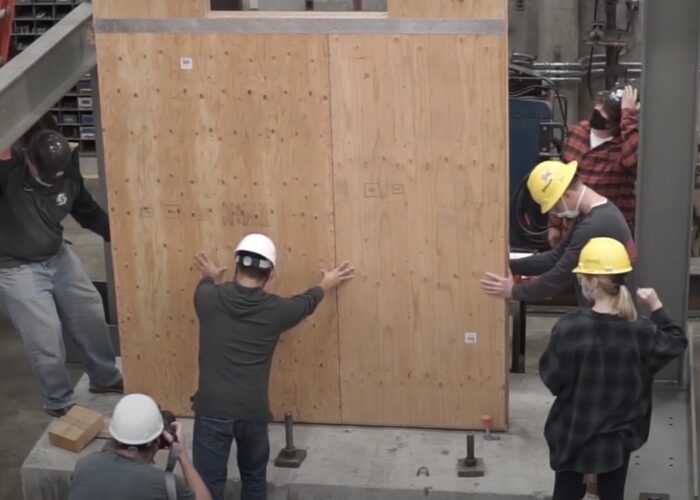 California Polytechnic University | San Luis Obispo County
California Polytechnic University | San Luis Obispo County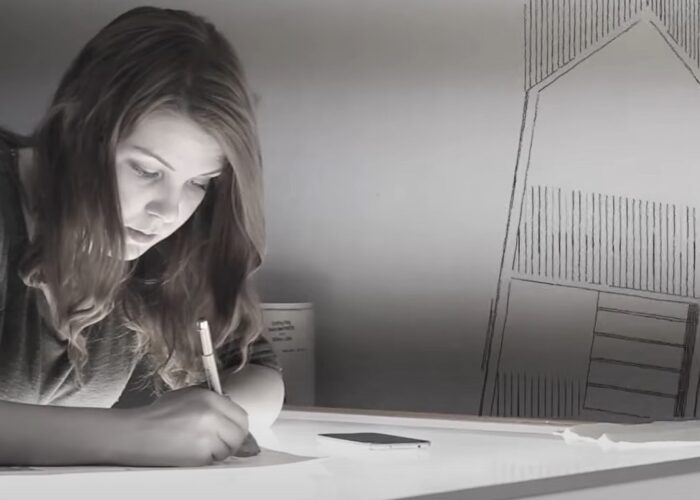 Oulun yliopisto | Pohjois-Pohjanmaa
Oulun yliopisto | Pohjois-Pohjanmaa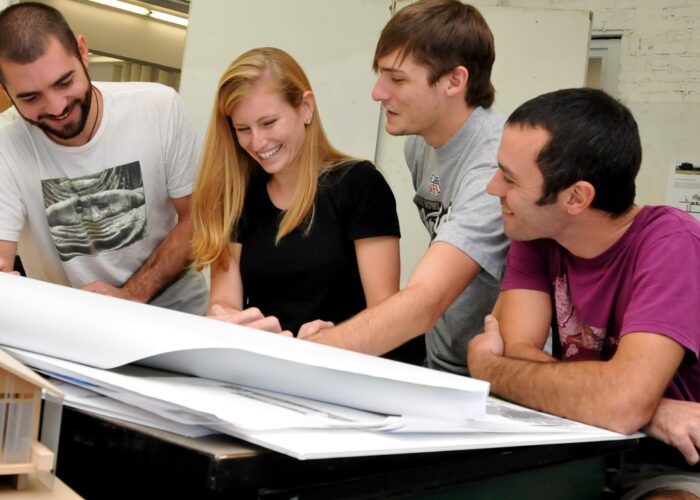 Tulane School of Architecture Louisiana
Tulane School of Architecture Louisiana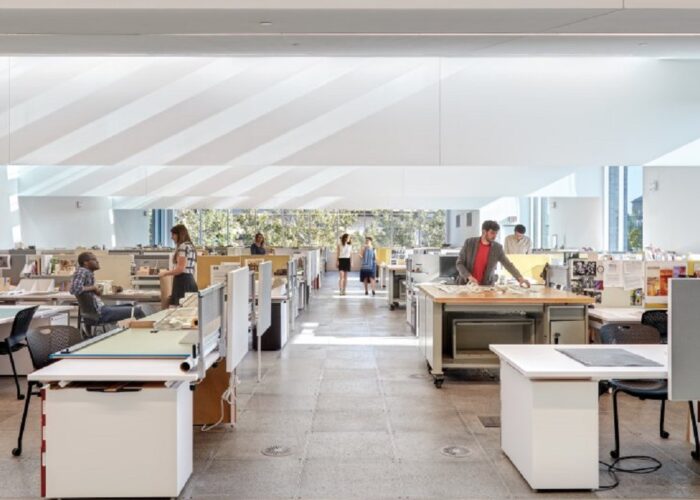 University of Michigan | Washtenaw County
University of Michigan | Washtenaw County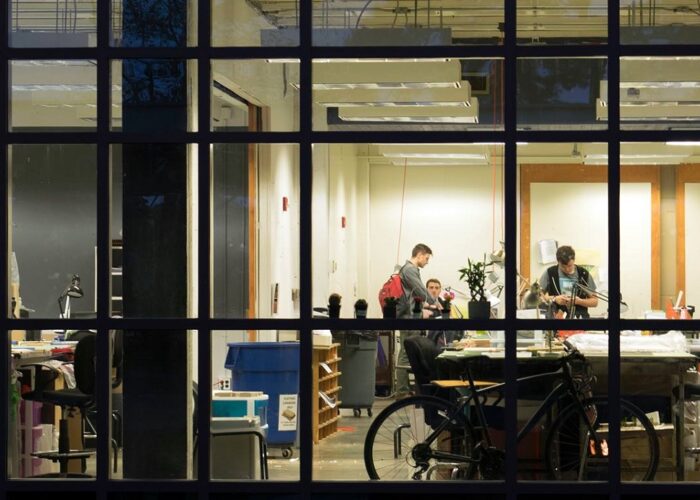 Auburn University | Lee County Alabama
Auburn University | Lee County Alabama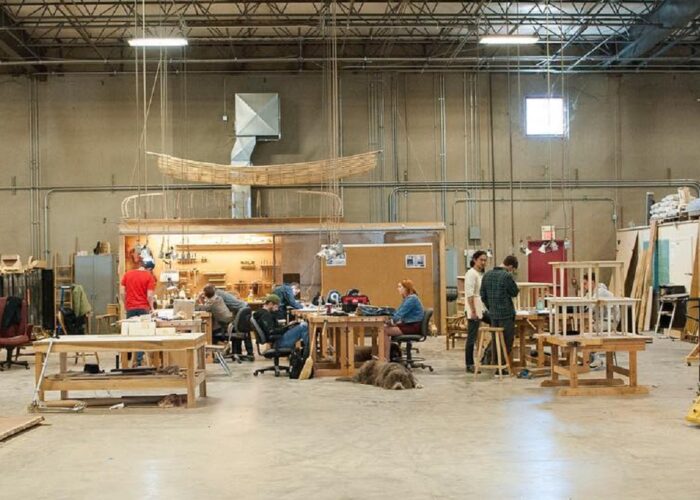 University of Kansas School of Architecture | Douglas County
University of Kansas School of Architecture | Douglas County
As reported by the US Department of Commerce Census Bureau the value of construction put in place by August 2025 by the US education industry proceeded at a seasonally adjusted annual rate of $137.604 billion. This number does not include renovation for projects under 50,000 square feet and new construction in university-affiliated health care delivery enterprises. Reports are released two months after calendar month. The complete report is available at the link below:
MONTHLY CONSTRUCTION SPENDING August 2025 (released two months after calendar month)
THE FEDERAL GOVERNMENT SHUTDOWN INTERRUPTED THE REVISION CYCLE
Total construction activity for June 2025 ($2,136.2 billion) was 0.4 percent below the revised May 2025 estimate ($2,143.9 billion).
Learn more: https://t.co/ljpaYyKjuX#CensusEconData pic.twitter.com/TS6ewzZhc4
— U.S. Census Bureau (@uscensusbureau) August 1, 2025
This spend makes the US education facilities industry (which includes colleges, universities, technical/vocational and K-12 schools, most university-affiliated medical research and healthcare delivery enterprises, etc.) the largest non-residential building construction market in the United States after commercial property; and fairly close. For perspective consider total public + private construction ranked according to the tabulation most recently released:
$137.604 billion| Education Facilities
$155.728 billion | Power
$69.625 billion | Healthcare
Keep in mind that inflation figures into the elevated dollar figures. Overall — including construction, energy, custodial services, furnishings, security. etc., — the non-instructional spend plus the construction spend of the US education facilities is running at a rate of about $300 – $500 billion per year.
LIVE: A selection of construction cameras at US schools, colleges and universities
![]()
We typically pick through the new data set; looking for clues relevant to real asset spend decisions. Finally, we encourage the education facilities industry to contribute to the accuracy of these monthly reports by responding the US Census Bureau’s data gathering contractors.
As surely as people are born, grow wealthy and die with extra cash,
there will be a home for that cash to sustain their memory and to steer
the cultural heritage of the next generation in beautiful settings.
More
National Center for Educational Statistics
AIA: Billings Index shows but remains strong May 2022
National Center for Education Statistics
Sightlines: Capital Investment College Facilities
OxBlue: Time-Lapse Construction Cameras for Education
US Census Bureau Form F-33 Survey of School System Finances
Global Consistency in Presenting Construction & Life Cycle Costs
Electrical installations and Protection Against Electric Shock
Technical Committee 64 develops the International Electrotechnical Commission consensus product that covers similar territory for the global electrical power industry as NFPA 70 (National Electrical Code). Keep in mind that the safety traditions of the NFPA suite of consensus products are inspired by fire safety considerations. IEC 60363 Electrical installations and protection against electric shock — the parent document that applies to the wiring systems of education and healthcare facilities — was inspired from voltage safety.
The scope of IEC 60364 is reproduced below:
– concerning protection against electric shock arising from equipment, from installations and from systems without limit of voltage,
– for the design, erection foreseeable correct use and verification of all kind of electrical installations at supply voltage up to 1 kV a.c or 1,5 kV d.c., except those installations covered by the following IEC committees: TC 9, TC 18, TC 44, TC 97, TC99
– in co-ordination with TC 99, concerning requirements additional to those of TC 99 for the design, erection and verification of electrical installations of buildings above 1kV up to 35kV.
The object of the standards shall be:
– to lay down requirements for installation and co-ordination of electrical equipment
– to lay down basic safety requirements for protection against electric shock for use by technical committees
– to lay down safety requirements for protection against other hazards arising from the use of electricity
– to give general guidance to IEC member countries that may have need of such requirements
– and to facilitate international exchanges that may be hampered by differences in national regulations.
The standards will not cover individual items of electrical equipment other than their selection for use. Safety Pilot Function: Protection against electric shock.
KUPDF Commentary on 60364 and comparisons with NFPA 70 National Electrical Code
Since neither the USNA National Committee to the IEC (USNA/IEC), nor the US Technical Advisory Administrator (National Electrical Manufacturers Association) has a workspace set up for responding to IEC 60364 calls for public comment, we set one up for ourselves several years ago for education facility and electrical engineering faculty and students:
IEC | USNA IEC Workspace | Updated 12 June 2023
Note that anyone in the world is welcomed to comment upon IEC documents, contingent upon obtaining (free) login credentials. To review the the strike-and-bold you will need login credentials. Alternatively, you may click in to the 4-times monthly teleconferences of the IEEE Education & Healthcare Facilities Committee. See our CALENDAR for the next online meeting.
Colleagues: Mike Anthony, Jim Harvey, Massimo Mittolo, Giuseppe Parise
Reaction: December 18 Open Meeting
The public meetings are dominated by administrative procedures and mutual admiration. Technical issues that require in-depth, expert-level understanding of complex laws, rules, guidelines, and precedents beyond surface-level awareness appear deeper into the FERC website. There you will generally find:
- Nuanced interpretation of statutes and agency decisions
- Awareness of historical context and evolving policies
- Insight into how rules interact with technical, economic, and operational realities
- Impacts of changes and navigate compliance strategically
As interest and time allows we can pick through technical specifics regarding FERC oversight of interstate electricity with the IEEE colleagues.
Ω
Ω
International Zoning Code
2025 Group B Proposed Changes to IZC | Complete Monograph for Changes to I-Codes (2630 pages)
National Association of County Engineers
The purpose of the code is to establish minimum requirements to provide a reasonable level of health, safety, property protection and welfare by controlling the design, location, use or occupancy of all buildings and structures through the regulated and orderly development of land and land uses within this jurisdiction.
Municipalities usually have specific land use or zoning considerations to accommodate the unique needs and characteristics of college towns:
- Mixed-Use Zoning: Cities with colleges and universities often employ mixed-use zoning strategies to encourage a vibrant and diverse urban environment. This zoning approach allows for a combination of residential, commercial, and institutional uses within the same area, fostering a sense of community and facilitating interactions between students, faculty, and residents.
- Height and Density Restrictions: Due to the presence of educational institutions, cities may have specific regulations on building height and density to ensure compatibility with the surrounding neighborhoods and maintain the character of the area. These restrictions help balance the need for development with the preservation of the existing urban fabric.
- Student Housing: Cities with colleges and universities may have regulations or guidelines for student housing to ensure an adequate supply of affordable and safe accommodations for students. This can
include requirements for minimum bedroom sizes, occupancy limits, and proximity to campus. - Parking and Transportation: Given the concentration of students, faculty, and staff, parking and transportation considerations are crucial. Cities may require educational institutions to provide parking facilities or implement transportation demand management strategies, such as promoting public transit use, cycling infrastructure, and pedestrian-friendly designs.
- Community Engagement: Some cities encourage colleges and universities to engage with the local community through formalized agreements or community benefit plans. These may include commitments to support local businesses, contribute to neighborhood improvement projects, or provide educational and cultural resources to residents.
This is a relatively new title in the International Code Council catalog; revised every three years in the Group B tranche of titles. Search on character strings such as “zoning” in the link below reveals the ideas that ran through the current revision:
Complete Monograph: 2022 Proposed Changes to Group B I-Codes (1971 pages)
We maintain it on our periodic I-Codes colloquia, open to everyone. Proposals for the 2026 revision will be received until January 10, 2025.
2024/2025/2026 ICC CODE DEVELOPMENT SCHEDULE
We maintain it on our periodic I-Codes colloquia, open to everyone with the login credentials at the upper right of our home page.
Related:
- Reed v. Town of Gilbert (2015): This Supreme Court case involved a challenge to the town of Gilbert, Arizona’s sign code, which regulated the size, location, and duration of signs based on their content. The court held that the sign code was a content-based restriction on speech and therefore subject to strict scrutiny.
- City of Ladue v. Gilleo (1994): In this Supreme Court case, the court struck down a municipal ordinance that banned the display of signs on residential property, except for signs that fell within specific exemptions. The court held that the ban was an unconstitutional restriction on the freedom of speech.
- Metromedia, Inc. v. San Diego (1981): This Supreme Court case involved a challenge to a San Diego ordinance that banned off-premises advertising signs while allowing on-premises signs. The court held that the ordinance was an unconstitutional restriction on free speech, as it discriminated against certain types of speech.
- City of Ladue v. Center for the Study of Responsive Law, Inc. (1980): In this Supreme Court case, the court upheld a municipal ordinance that prohibited the display of signs on public property, but only if the signs were posted for longer than 10 days. The court held that the ordinance was a valid time, place, and manner restriction on speech.
- City of Boerne v. Flores (1997): This Supreme Court case involved a challenge to a municipal sign code that regulated the size, location, and content of signs in the city. The court held that the sign code violated the Religious Freedom Restoration Act, as it burdened the exercise of religion without a compelling government interest.
“What Happens When Data Centers Come to Town”
What Happens When Data Centers Come to Town
Terry Nguyen | BA Public Policy
Ben Green |Assistant Professor, School of Information and Gerald R. Ford School of Public Policy
Partner | Michigan Environmental Justice Coalition
Introduction. [Abstract]. The rapid growth of data centers, with their enormous energy and water demands, necessitates targeted policy interventions to mitigate environmental impacts and protect local communities. To address these issues, states with existing data center tax breaks should adopt sustainable growth policies for data centers, mandating energy audits, strict performance standards, and renewable energy integration, while also requiring transparency in energy usage reporting. “Renewable energy additionality” clauses should ensure data centers contribute to new renewable capacity rather than relying on existing resources. If these measures prove insufficient, states should consider repealing tax breaks to slow unsustainable data center growth. States without tax breaks should avoid such incentives altogether while simultaneously implementing mandatory reporting requirements to hold data centers accountable for their environmental impact. Broader measures should include protecting local tax revenues for schools, regulating utility rate hikes to prevent cost-shifting to consumers, and aligning data center energy demands with state climate goals to avoid prolonging reliance on fossil fuels.
Related:
Sharan Kalwani (Chair, Southeast Michigan Section IEEE): AI and Data Center Demand
Words Matter
‘If you trust government,
you obviously failed history class.’
Senator John Needly Kennedy (Senator, Louisiana)
How the language of climate change has changed
Readings:
Politics and the English Language
Political linguistics: How language shapes politics
The Left and the Right Speak Different Languages—Literally
A Psycholinguistic Study of Political Rhetoric of Fear
The USDA is now censoring its staff on the use of “climate change”
During the early years of Earth Day, there was talk of "global cooling", which included 3 cover stories in Time Magazine. pic.twitter.com/hjijre1k8v
— Bill Steffen (@bsteffen) April 22, 2017
Lingua Franca
White House: Designating English as the Official Language of The United States
2026 National Electrical Code Article 100 Definitions Public Input Transcript (Definitions)
2026 National Electrical Code Article 100 Definitions Public Comment Transcript (Definitions)
“The English genius is essentially eclectic;
it borrows from everywhere and from every time.”
— Peter Ackroyd | 2004 Albion: the origins of the English imagination
“Wer von Fremdsprachen nichts versteht, kennt seine eigenen nichts.”
– Johann Wolfgang von Goethe
Disagree with someone and cannot persuade them? Do you need to hide your intransigence or ulterior motive? Then change the basis of discussion by changing the subject with a different definition.
This happens routinely in political discourse and rather frequently in best practice discovery and promulgation in building construction and settlement infrastructure standards[1]. Assuming all parties are negotiating in good faith resolution may lie in agreement on a common understanding of what a satisfying agreement might look like.
Admittedly, a subtle and challenging topic outside our wheelhouse[2] hence the need to improve our organization of this topic starting with today’s colloquium; with follow on sessions every month.
Starting 2025 we will organize our approach to this topic, thus:
Language 100. Survey of linguistic basics for developing codes, standards and regulations. Many vertical incumbents have developed their own style manuals
Language 200. Electrotechnical vocabulary
Language 300. Architectural and Allied trade vocabulary
Language 400. The language of government regulations; the euphemisms of politicians with influence over the built environment
Language 500. Advanced topics such as large language models or spoken dialects such as “High Michigan” — arguably, the standard American dialect where it applies to the standards listed above.
These deep differences still exist. pic.twitter.com/doxytw9Hps
— Jon Harris 🌲 (@jonharris1989) October 14, 2025
It may not be obvious how profound the choice of words and phrases have on leading practice discovery and promulgation. For example, “What is Gender” determines the number, placement and functionality of sanitary technologies in housing, hospitals and sporting. The United States has a Supreme Court justice that cannot define “woman”
As always, we will respond to public consultation opportunities wherever we can find them. Some organizations are better than this than others.
Examples of Variations in Translations of Homer’s Odyssey
The Surprising Factor That Determines English Fluency
Today we limit our discussion to language changes in the catalogs of ANSI-accredited standards developers whose titles have the most influence over the interoperability of safety and sustainability technologies that create and sustain the built environment of educational settlements.
American Institute of Architects: Definitions for Building Performance
Institute of Electrical and Electronic Engineers
National Fire Protection Association
Every building construction discipline has its own parlance and terms of art.
This is enough for a one-hour session and, depending upon interest, we will schedule a breakout session outside of our normal “daily” office hours. Use the login credentials at the upper right of our home page.
Starting 2024 and running into 2025 we will break down this topic further, starting with construction contract language — Lingua Franca 300:
Asset management applies to any organization. As such, understanding its terminology, principles, and outcomes is key to an organization’s success. ISO 55000:2024 provides an overview of #AssetManagement and its expected benefits. @isostandards https://t.co/XZsWvJJ8r4
— ANSI (@ansidotorg) September 22, 2024
Electropedia: The World’s Online Electrotechnical Vocabulary
Footnotes:
(1) The United States government defines a “Green Building” as a building that has been designed, constructed, and operated in a way that reduces or eliminates negative impacts on the environment and occupants. The government has established various standards and certifications that buildings can achieve to be considered “green.”
The most widely recognized green building certification in the United States is the Leadership in Energy and Environmental Design (LEED) certification, which is administered by the U.S. Green Building Council (USGBC). To achieve LEED certification, a building must meet certain standards related to sustainable site development, water efficiency, energy efficiency, materials selection, and indoor environmental quality.
In addition to the LEED certification, there are other programs and standards that can be used to measure and certify the sustainability of buildings, such as the Green Globes rating system and the Living Building Challenge.
Overall, the goal of green building is to create buildings that are not only environmentally sustainable but also healthier, more comfortable, and more efficient for occupants, while reducing energy consumption and greenhouse gas emissions. By promoting green building practices, the U.S. government aims to reduce the environmental impact of the built environment and move towards a more sustainable future.
(2) The U.S. Green Building Council is a conformance organization. See the discussion our ABOUT for background on incumbent stakeholders.
Language Family Tree pic.twitter.com/RREloueklh
— English Grammar (@GrammarUpdates) September 21, 2024
New update alert! The 2022 update to the Trademark Assignment Dataset is now available online. Find 1.29 million trademark assignments, involving 2.28 million unique trademark properties issued by the USPTO between March 1952 and January 2023: https://t.co/njrDAbSpwB pic.twitter.com/GkAXrHoQ9T
— USPTO (@uspto) July 13, 2023
Standards Michigan Group, LLC
2723 South State Street | Suite 150
Ann Arbor, MI 48104 USA
888-746-3670



